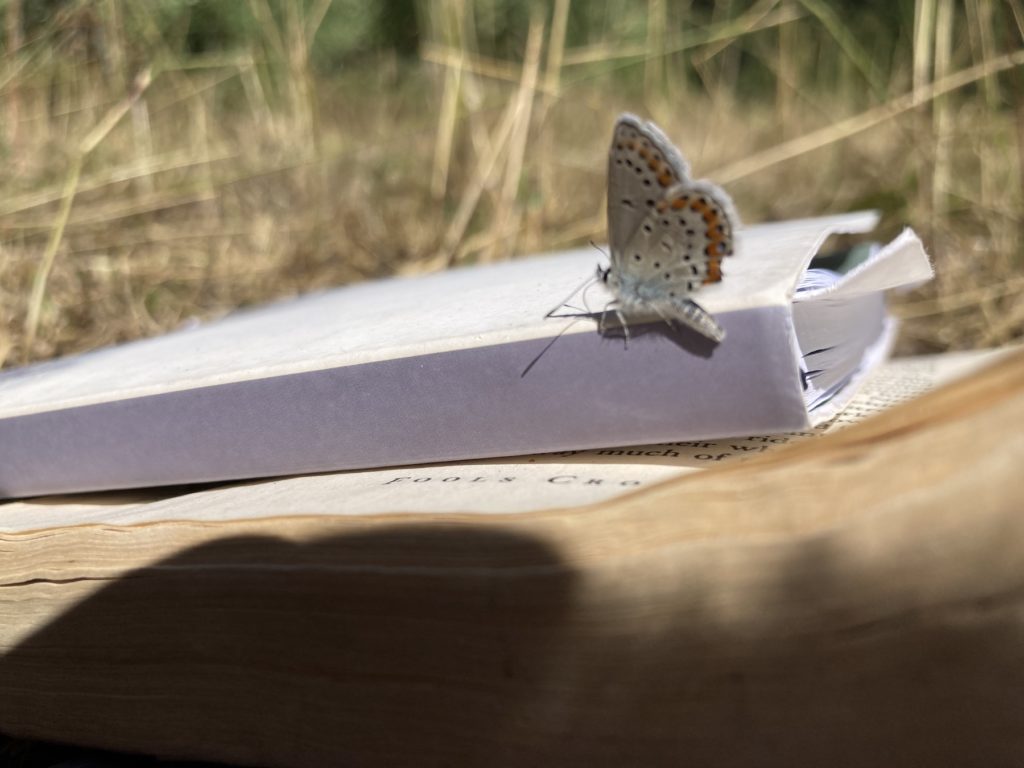
Sink into the moss on the riverbank. Green with many shades that compliment each other – floating on the surface, growing on the bank, smaller shrubs towering above them, but eclipsed by the trees all around. Feel the cold of the clear clean water on your face. They come from deep within the earth – a spring feeding all things around, creating this greenery. They are beautiful.
Scott Momaday, a Navajo writer, speaks about beauty as the foundational reason that his people believe that the land is sacred. By beauty, he doesn’t only mean what can be seen, but also health and goodness that cannot be seen. Bill Cronon, an environmental historian, points out moments in the 1800s when Westerners viewed extreme natural landscapes – like massive rock formations in Arches or the spectacular waterfalls in Yosemite – as the “Face of God.” They were also viewing the land as sacred, but in doing so were separating themselves from it, separating the land they reside on from the wilderness they visit. Often Westerners have a more utilitarian view of the land that they live on and use. We must describe undeveloped land in the words of “ecosystem services” in order to realize that development is not the only way that land has value to us.
————
In our Western society obsessed with utility, beauty is considered shallow, and that devalues it. Beauty is superficial and use is deep. We see the beauty of an old pine hanging with moss and lichen and yet we are still extracting the timber from it. We see the beauty of a dancing Montana creek and yet we are still diverting canals to corn fields. By telling ourselves that beauty is shallow, we are able to extract the utility from our land. If the West acknowledged that these smaller examples of beauty are also sacred in the same way that the vast terrifying wilderness is, beings could be valued more for what they are than what they could be used for.
To me, sitting on the wet moss next to this spring on my WRFI course in the Rockies, in the Scapegoat Wilderness, the spring is beautiful and they are sacred. By that I mean that they have value that is not tied to use by me, the observer. They have intrinsic value that is not tied to the ecosystem service of fresh water they provide for me.
One Reply to “Value and Utility by Sydney Pastore”
Comments are closed.
Interesting discussion of beauty and utility. Loved your description of the green surrounding the spring which brought back childhood memories of discovering a hidden spring.
Courses like the one you are enjoying will hopefully contribute to a world with a better balance of land use and appreciation of sacred beauty of nature.
Thankyou for your thoughtful writing.